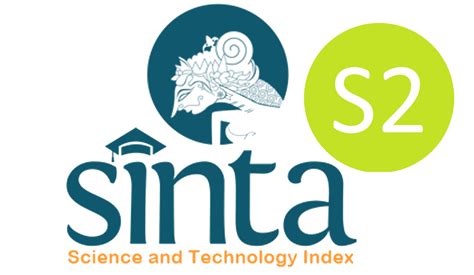Jurnal Pendidikan Geografi: Kajian, Teori, dan Praktek dalam Bidang Pendidikan dan Ilmu Geografi
Abstract
The Pluit and North Sunter Reservoirs play a critical role in the city’s hydrological infrastructure, particularly in meeting the increasing water demands driven by population growth. However, continuous population shifts, deforestation, and changes in land use have led to sediment accumulation, affecting both water quality and the reservoirs’ operational lifespan. This study aims to evaluate the erosion rate and predict the potential lifespans of the Sunter Utara and Pluit Reservoirs. This research was conducted by integrating Geographic Information Systems and remote sensing using Sentinel-2 datasets and the Universal Soil Loss Equation (USLE) method to calculate sediment accumulation. The findings indicate that the erosion rate in North Jakarta reaches 54,872 tons per year, resulting in an annual sediment accumulation of 25,334 tons. Based on these results, the Sunter Utara Reservoir and Pluit Reservoir are projected to have operational lifespans of 17 and 47 years, respectively. An analysis of erosion hazards shows that the majority of North Jakarta (72.65 percent) falls into the mild category. Considering these findings, appropriate measures must be taken to manage sediment in both reservoirs so that they can be utilized effectively by their projected operational lifespans.
First Page
56
Last Page
70
Recommended Citation
Irawan, Listyo Yudha; Al Abrar, Ghairandi; Mapa, Mohammad Tahir B; Jafar, Adi; Islam, Shafi Noor; Farihah, Siti Nur; and Ardiansyah, Febrian Eka
(2025)
"Analysis of erosion rates in North Jakarta for predicting the ages of North Sunter and Pluit Reservoirs,"
Jurnal Pendidikan Geografi: Kajian, Teori, dan Praktek dalam Bidang Pendidikan dan Ilmu Geografi: Vol. 30:
No.
1, Article 4.
DOI: https://doi.org/10.17977/2527-628X.1185
Available at:
https://citeus.um.ac.id/jpg/vol30/iss1/4
Included in
Geographic Information Sciences Commons, Human Geography Commons, Other Education Commons, Other Geography Commons, Physical and Environmental Geography Commons, Spatial Science Commons




